Guide To The Symptoms Of Lichen Planus
Lichen planus is an inflammatory condition that develops in response to abnormal immune system reactions. It sometimes occurs along with autoimmune disorders. Lichen planus may also occur due to viral infections, allergic reactions, stress, and genetic conditions. Some over-the-counter pain relievers such as ibuprofen and naproxen could cause this condition. It is also associated with exposure to certain metals and chemicals like arsenic or gold. Primary doctors and dermatologists can normally diagnose lichen planus with a visual inspection of the patient's skin and mucous membranes. Sometimes, a skin biopsy may be useful in confirming the diagnosis.
Patients often do not need lichen planus treatment for mild cases. However, treatment for lichen planus is crucial in moderate to advanced cases. Many patients will need corticosteroids or retinoids for lichen planus. There are also topical treatments that do not contain steroids. Light therapy is an effective treatment as well. Patients also have options for lichen planus natural treatment. Of course, individuals must understand the symptoms of this condition first.
Blisters On Gums And Mouth Ulcers
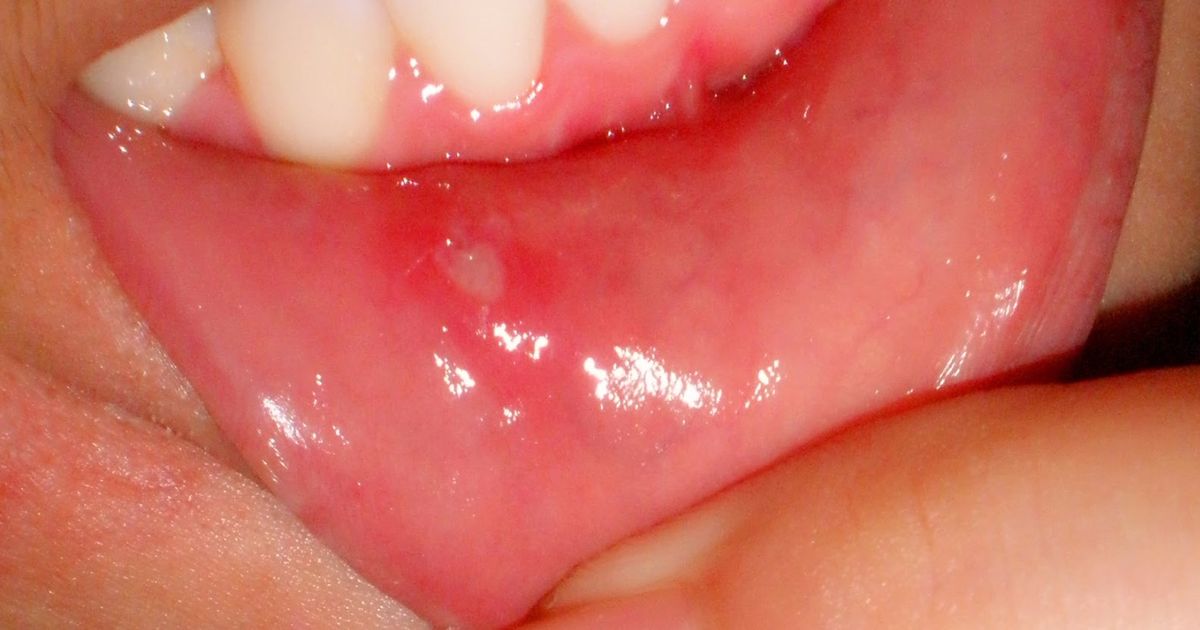
Patients who have lichen planus that affects the mouth could develop blisters on their gums and mouth ulcers. The mouth sores associated with this condition are usually white, and they often have a lace-like texture. Most patients find the sores, blisters, and ulcers in the mouth are painful. They can also make eating, drinking, and chewing difficult. The sores may develop on the lips or tongue too.
Patients may need to apply a topical anesthetic to the sores before eating to make eating and drinking with a sore mouth easier. They could also try eating on the side of their mouth that is unaffected or less affected, and the use of meal replacement shakes may be helpful. Since some mouth sores may be associated with more serious conditions, a doctor needs to evaluate all sores quickly. Patients who have had lichen planus in the mouth are at an increased risk of oral cancer, and they may need to have regularoral cancer screenings.
Hair Loss

Although it is relatively less common than other forms of lichen planus, some patients may develop a form of the illness that affects the scalp. These patients may notice hair loss and scalp discoloration. Individuals may notice they lose more hair than usual after washing or brushing their hair. Some may see small patches of thinning hair or baldness on their scalp. Since hair loss can occur with several thyroid and autoimmune disorders, patients experiencing this symptom may wish to have blood tests to check their thyroid function. Tests may be needed to rule out autoimmune conditions.
Doctors may also need to perform a pull test to establish the shedding stage of the patient's hair. For this simple test, the doctor will gently pull several dozen hairs on the patient's head to check how many hairs pull free. Some patients may need to have a scalp biopsy. If lichen planus is determined to be the cause of the patient's hair loss, doctors may recommend treatments to encourage hair growth. Patients should see their hair growth return to normal once lichen planus has been successfully treated.
White Streaks Inside The Cheeks

Patients with oral lichen planus could observe white streaks inside their cheeks. These streaks typically form over areas of the mouth already damaged by ulcers, sores, or blisters. Although the streaks themselves are not normally painful, they could make the underlying sores harder to treat. Individuals who notice white streaks in their mouth may want to keep track of how many there are and whether new streaks form. This information could be helpful to doctors.
Patients may wish to see a doctor to have the streaks examined, particularly if they are increasing in size or number. The doctor can examine the streaks by looking into the patient's mouth with a light. Topical treatments may reduce pain associated with the oral symptoms of lichen planus. Doctors may want patients to attend follow-up appointments during their recovery to monitor the streaks and make sure they are healing properly.
Change In Sense Of Taste

Patients with oral lichen planus could have a change in their sense of taste. Foods and drinks the patient once enjoyed may no longer be appealing, which could trigger appetite loss and weight loss. It can be helpful for patients with mouth symptoms to eat soft foods such as yogurt, pudding, oatmeal, and mashed potatoes to ensure that they get adequate nutrition. Some patients will enjoy smoothies, and shakes may be beneficial too.
Since spicy and acidic foods could irritate the mouth and increase the pain associated with mouth ulcers and blisters, patients may wish to consider following a diet of relatively bland food. They should avoid citrus fruits and tomatoes in particular. Rice, cooked vegetables, beans, and low-acid fruits may be soothing and tasty for patients struggling with taste changes due to lichen planus. It may be necessary to try several different foods before the patient can tell what tastes good. The patient's tastes could change regularly depending on the progression of their mouth sores. Patients should always mention any changes in their taste to a doctor.
Nail Damage Or Loss
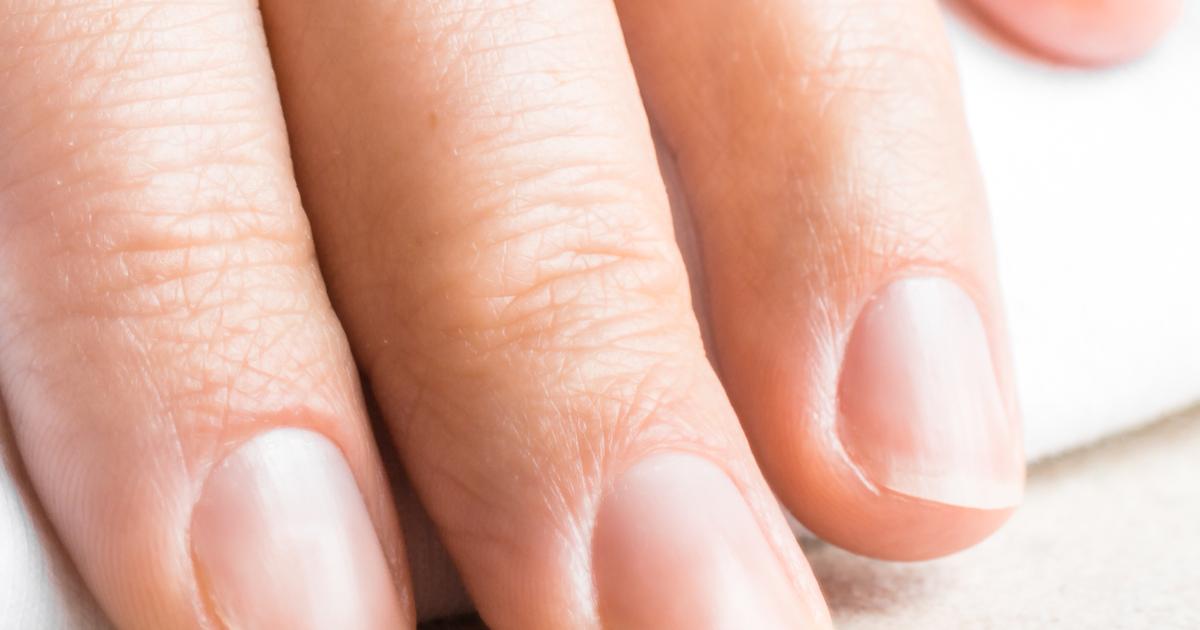
In rare cases, lichen planus can affect the nails, which often leads to nail damage or loss. Patients with this form of the condition may notice their nails have ridges or grooves in them. They may also see their nails are thinner than usual. In some cases, the nails could split, and patients could have a total loss of a nail, which can sometimes be permanent.
Symptoms of lichen planus typically affect only a few nails on the hand or foot. However, the symptoms may sometimes occur on all of the nails of a patient's hand or foot. Since ridges and grooves in the nails could indicate potential vitamin deficiencies or cardiac issues, patients who notice these symptoms should consult their doctor to receive a definitive diagnosis.
Itchy Rash

When patients have lichen planus on their skin, they will typically develop an intensely itchy rash. In most cases, this itchy rash will be comprised of shiny red and purple bumps on the skin. They are often quite firm to the touch. Some patients will be lucky and only experience mild itching. However, the itchy rash in lichen planus can be quite severe for many individuals. Thus, patients need to seek treatment to avoid itching their skin, which can worsen their symptoms. It is also worth noting that patients with oral lichen planus can deal with itching inside their mouth. Patients must be sure to avoid irritating the area more than necessary.
Gum Inflammation
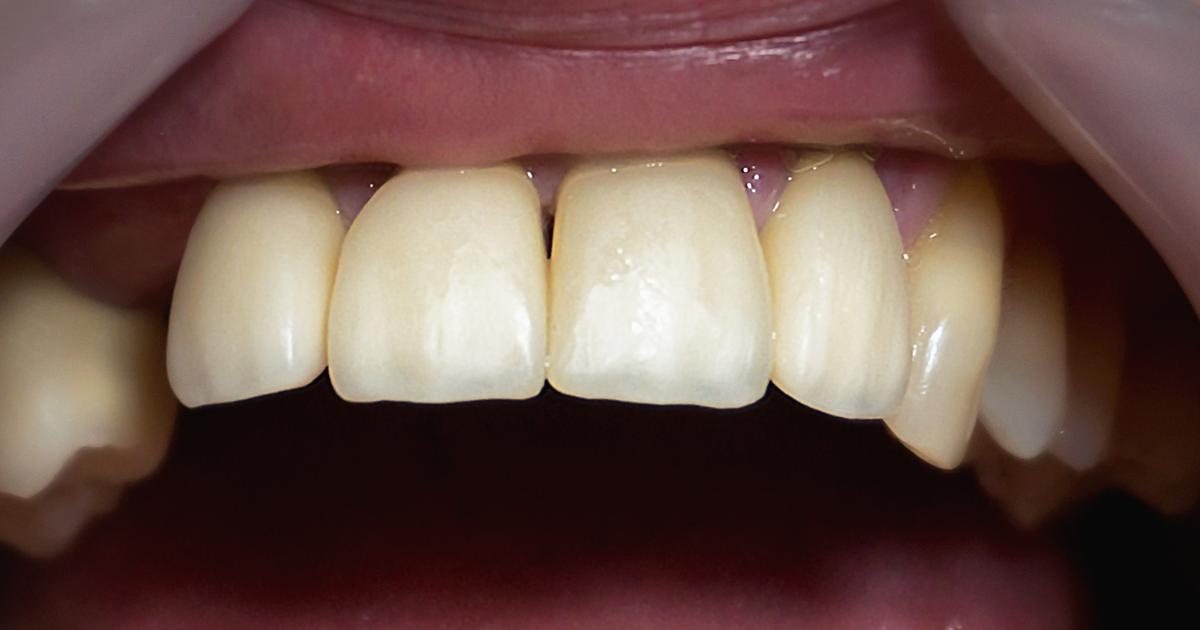
As mentioned, the white patches inside a patient’s mouth may not always be painful. However, some patches in oral lichen planus can come with pain and other symptoms. One of these is gum inflammation, which is also referred to as gingivitis. Patients will typically deal with gum inflammation in lichen planus when they have red and swollen patches in their mouth or open sores. Some patients may experience a small amount of bleeding when they brush their teeth due to gum inflammation in oral lichen planus. They must seek treatment promptly in order to reduce the inflammation and prevent long-term complications.
Hearing Loss

Recent studies have shown that lichen planus affects the ears more often than originally thought. Specifically, this condition can affect a part of the external auditory canal known as the epithelium. When patients have lichen planus in this area, one of the major symptoms that they can deal with is conductive hearing loss. This form of hearing loss develops due to a blockage or damage to the ear canal. Sound does not pass well through the ear, which is why it may sound muffled. In some cases, treatment for lichen planus can return most of a patient’s hearing. However, conductive hearing loss can sometimes be permanent to some degree. Thus, patients may need to have hearing aids so that they can hear better.
Vision Problems
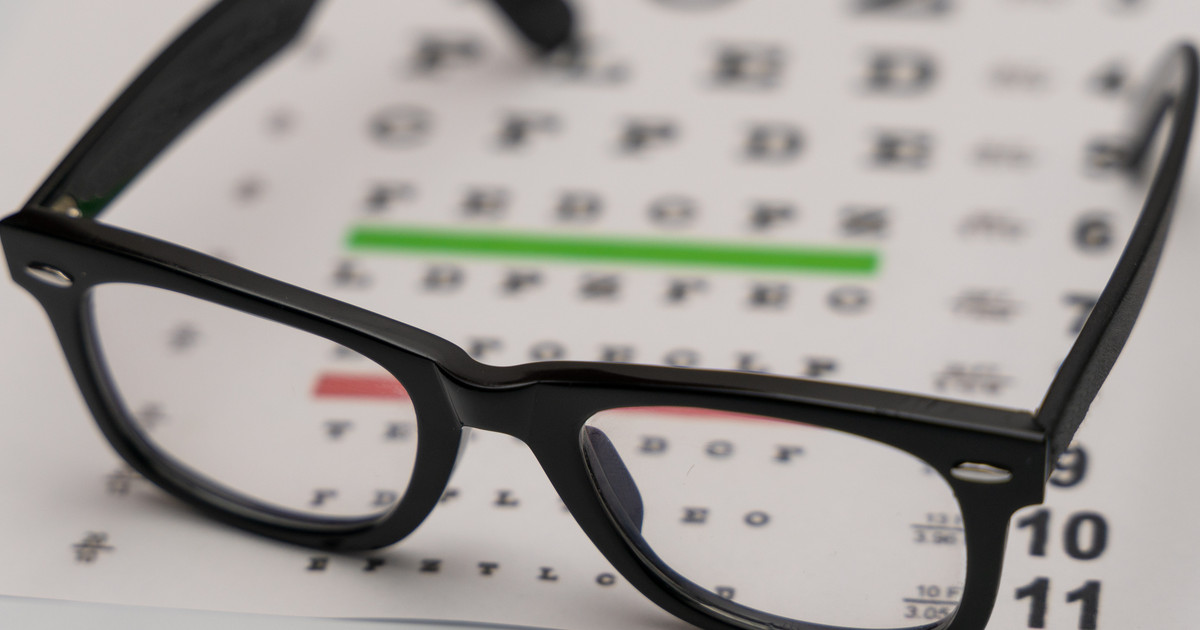
Patients may experience lichen planus that affects their eyes. Thankfully, this is rare. However, when it does occur, lichen planus affects the mucous membranes in the eyes. Individuals will often deal with vision problems when this happens. Vision problems due to lichen planus can start because of scarring in and around the eyes. These problems may start as blurry vision or eye pain. Unfortunately, patients may eventually experience blindness when lichen planus affects the mucous membranes in their eyes. This is why prompt treatment for lichen planus when it affects the eyes is crucial.
Swallowing Difficulties
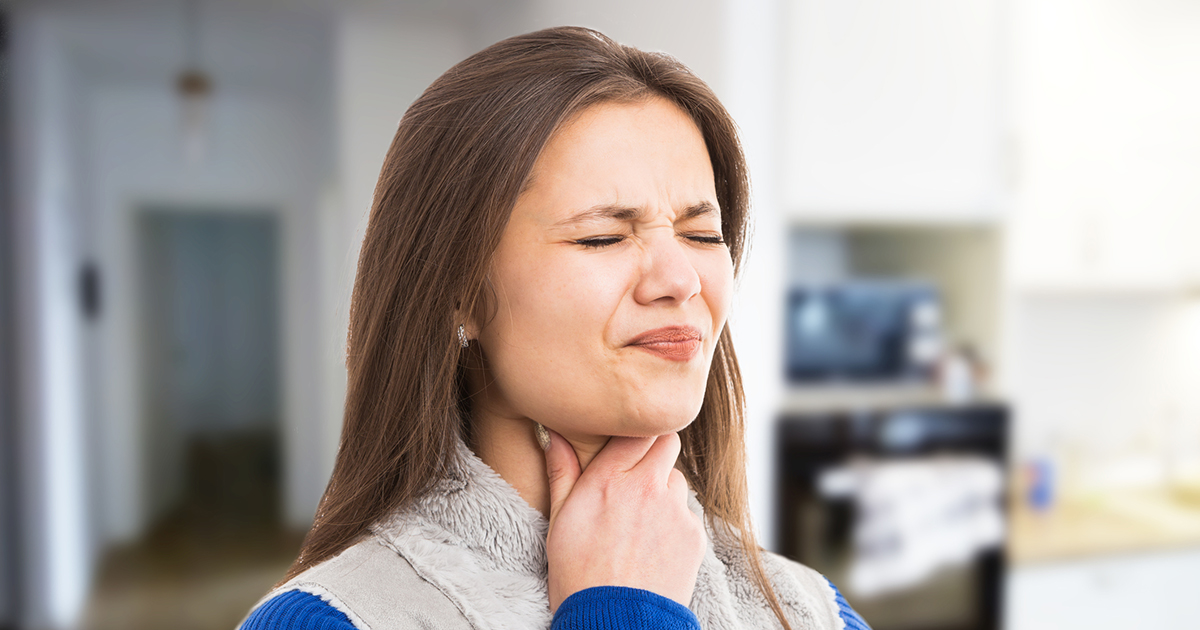
Many patients with the oral form of lichen planus will deal with some swallowing difficulties. The reason for this particular symptom is the lesions that develop inside the patient’s mouth. These lesions can be white streaks, though some patients will experience red and raised patches. They may also have open sores in their mouth. The pain from the sores can make swallowing food and beverages harder. This is another reason why patients may want to avoid eating spicy or acidic foods, which carry a higher risk of irritation than others. Soft and bland foods, such as oatmeal, mashed potatoes, or applesauce, can be helpful.